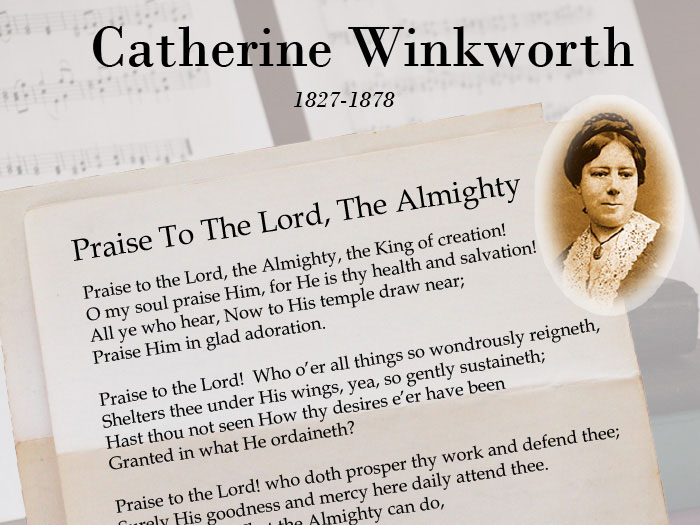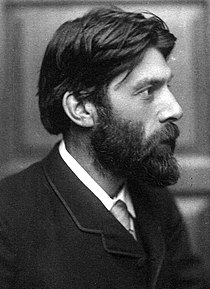My Sunday New York Times arrived for the second week in a row yesterday. Maybe that will be the routine. I certainly hope so.
I’m baking bread right now. We have been living on homemade bread for a while. But we also have been using up some of our store bought bread by keeping it in the freezer and only pull out a couple slices at a time. Waste not, want not.
I was looking at the words to the hymn “Praise to the Lord” recently. The hymn tune paired with these words is called Lobe den Herren and that is the melody of the organ piece I am working on for the regional AGO USB of local composers.
I start with Watson’s Annotated Anthology of Hymns that I have been slowly working my way through.

Watson is pretty stuffy. His info is top notch but he doesn’t seem to ever mention the American Episcopalian Hymnal 1982 even though his book was published in 2002. His book is like a collection of hymn texts with a few paragraphs of commentary on each hymn.

The translation he cites for “Praise to the Lord” is Catherine Winkworth’s classic translation of Neader’s 17th century German text.

Joachim Neander (1650-1680)
I think Watson has made a mistake not to use the translation from the Hymnal 1982 which alters Winkworth’s excellent translation just a bit to make it more like the original German. For example, in her first stanza she has “All ye who hear, Now to his temple draw near.” The Hymnal 1982 actually is much closer to the original German, “join the great throng, psaltery, organ, and song.” The original is “Kommet zuhauf, Psalter und Harfe, wacht auf.”
The German seems to mention the psaltery and harp but no organ or song.
But both Winkworth and the editors of the Hymnal 1982 seem to miss the German of the next line which is “lasset die Musicam hören!” I take this to mean something like “Let us hear the music.” Winkworth wrote: “Join me in glad adoration.” The Hymnal 1982: “sounding in glad adoration.”
Anyway, you get the idea.
Watson’s anthology is grouped by region and chronology. I was looking at this info yesterday morning before church and was just about to put the books back when I noticed that he follows “Praise to the Lord” with “All my hope on God is founded.” This was to be our opening hymn.
I was intrigued to discover that it too was written by Neander. The translator in this case was Robert Bridges.

Robert Seymour Bridges (1844 – 1930)
Watson writes that Bridges was an “expert on prosody,” and uses “elaborate Miltonice syntax, with inversion and suspension everywhere.”
I had never though much about that but think it’s an excellent text. I was startled that the original was from the 17th century. But then I figured out that my impression of the hymn is highly colored by Herbert Howell’s wonderful 20th century tune named after a deceased child of his, MICHEAL.

Herbert Howells (1892 – 1983)
In the Hymnal 1982 companion, Ray Glover’s commentary quotes Percy Dearmer who points out that Bridges often “does not really translate” the “German originals, but uses them merely for suggestions, not only paraphrasing freely, and omitting many verses, but also adding new verses of his own.”
Once again I found the editors of the 1982 Hymnal subtle and adroit in their changes to Bridges’ translation.
They cleverly keep some of the male language when it refers to God, but “Pride of man” (St. 2) is changed to “Mortal pride.” In the same stanza “Sword and crown betray his trust,” becomes “Sword and crown betray our trust.” I think this is clarifying because I might have missed that the “his” in the original doesn’t refer to God but to humans.
At least that’s how it seems to me. There’s more but I think that’s enough for here.
The fact that the tune is by a 20th century dude colored my prelude improv yesterday so that I used the musical language of the late 20th century in making it up.
I like this.
Opinion | Our Culture of Contempt – The New York Times

I have been off and on interacted with Hillsdale for their “free” courses on things I am interested in like litterateur, History and of coarse public policy/politics/constitution/government (actually learning new things and brushing up on something’s from when I was working on the doctorate). Surprisingly they seem to be pretty objective given the conservative rightness of the college. Also, free is good for the most part as long as I can shift through the bullshit. 😬
David J
Free is good. Love from Dad